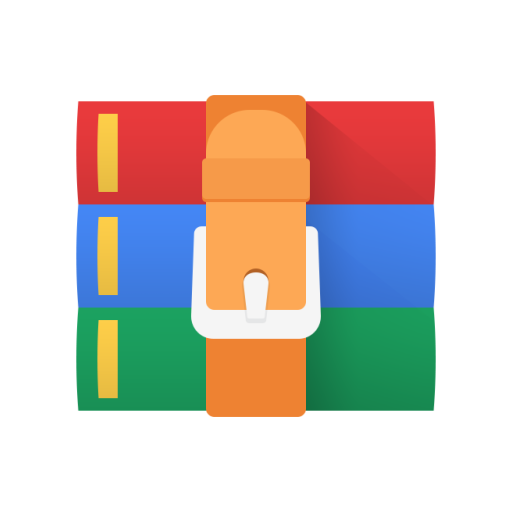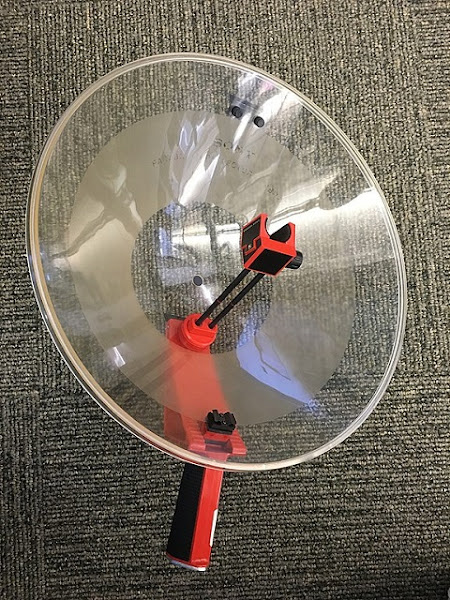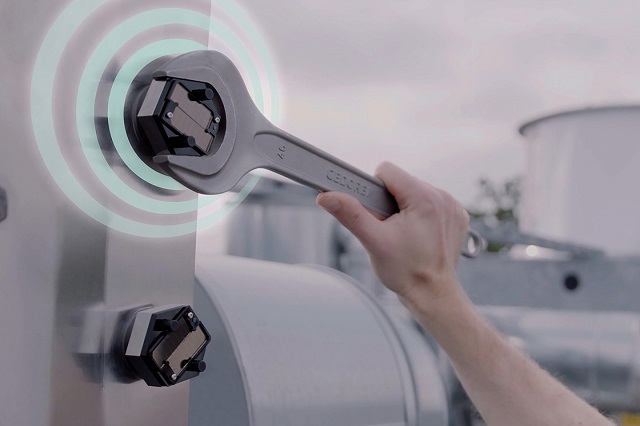Google is pushing the computing boundaries constantly, while trying to explore the possibilities for grand challenges, which include global video distribution, information retrieval, and generative AI. In order to do so, it is required to rethink the system design by collaborating deeply with service developers. This rethinking resulted in their significant investment in custom silicon. Google Axion Processors is the first custom Arm®-based CPU of Google designed for data centers. Axion can offer excellent performance and energy efficiency and is going to be available to Google Cloud customers in the later phase of 2024.
Things You Need To Know About Google Axion Processors:
It is the most recent launch in the line of custom Google silicon. Since 2015, Google has launched five generations of TPUs or Tensor Processing Units. After three years, Google launched the first VCU or Video Coding Unit. This unit was up to 33 times more efficient in video transcoding. Google invested in "system on a chip" (SoC) designs in 2021 and doubled down on custom computing. For mobile devices, Google launched the first of three generations of Tensor chips.
Remember that general-purpose computing is vital for the workloads of customers. Excessive computing power is necessary for information retrieval, analytics, ML training, and serving. Several customers want to reduce infrastructure costs and want to fulfil sustainability goals and boost performance. According to them, the rate of CPU improvements has slowed recently. As per Amdahl's Law, accelerators are improving continuously. Therefore, general-purpose computing could dominate the cost price, while limiting the capability of their infrastructure unless they make commensurate investments for keeping up.
More Information About Google Axion Processors:
Axion processors are capable of combining Google's silicon expertise and Arm's excellent CPU cores. The purpose of it is to offer instances with up to 30% better performance than the quickest general-purpose Arm-based examples. Also, it aims to provide up to 50% enhanced performance and up to 60% more energy efficiency compared to current-generation x86-based instances. This is the reason the company has already begun to deploy different Google services, which include BigTable, Spanner, BigQuery, Blobstore, Pub/Sub, Google Earth Engine, and the YouTube Ads platform. Google also aims to scale and deploy these services and more on Axion soon.
The company's tensor processing units are some viable alternatives to Nvidia's advanced artificial intelligence chips. It helps to open a new tab. However, developers are able to access them only via Google's Cloud Platform. They cannot purchase them directly. The company is planning to provide the Arm-based CPU, which is known as Axion via Google Cloud. As per Google, it can offer superior performance to x86 chips and general-purpose Arm chips in the cloud.
Unrivalled Performance And Efficiency, Underpinned By Titanium:
Axion processors are made using the Arm Neoverse™ V2 CPU. These are useful for usual workloads and can deliver a significant performance. Such workloads include open-source databases, web and app servers, containerized microservices, in-memory caches, data analytics engines, media processing, CPU-based AI training and inferencing, etc.
Titanium underpins Axion. It is a system of custom silicon microcontrollers. Networking and security are some platform operations which remain under the care of Titanium. As a result, the Axion processors come with enhanced capacity and deliver better performance for customer workloads. Hyperdisk is the new block storage service which is capable of decoupling performance from instance size. Titanium can offload storage I/O processing to this service.
What Did Rene Haas, CEO Of Arm Say About Axion Processors?
Rene Haas said that the announcement of Google regarding Axion has marked a significant milestone in offering custom silicon, which is optimized for the company's infrastructure as well as made on the top-quality Arm Neoverse V2 platform. Decades of ecosystem investment, company's ongoing innovation and open-source software contributions confirm the best experience for the workloads which will matter most for those customers who run on Arm everywhere.
While customers are willing to have better performance, they want to fulfil their sustainability goals. Google Cloud data centers come with 1.5 times more efficiency compared to the industry average. Besides, these can offer computing power three times more with the same amount of electric power than the last five years ago.
Google has already planned to operate its campuses, offices, and data centers on carbon-free energy. The company is willing to help people in reporting on carbon emissions by providing tools. With the new Axion processors, customers will be able to optimize for more energy efficiency.
Axion - Out-of-the-box Application Compatibility And Interoperability:
Google also brings a significant history of multiple contributions to the Arm ecosystem. Kubernetes, Tensorflow, and the Go language are working closely with Arm and the industry partners. Thus, they can optimize these for the Arm architecture.
You need to know that Axion is made on the standard instruction set and Armv9 architecture. The most contribution from this company was made to SystemReady Virtual Environment (VE). This one is the hardware and firmware interoperability standard of Arm. It can ensure that the basic software packages and OSs are capable of running VMs and Arm-based servers. It becomes simpler for the customers who want to deploy Arm workloads on Google Cloud. This collaboration helps to create an ecosystem of multiple cloud customers who are deploying workloads already. These customers can leverage Arm-native software from several open-source projects and ISVs.
As a customer, you will be capable of using this processor in multiple Google Cloud services, which include Google Kubernetes Engine, Google Compute Engine, Dataproc, Dataflow, Cloud Batch, etc. You can get the Arm-compatible software and solutions on the Google Cloud Marketplace. Google has recently launched the preview support in the Migrate to Virtual Machines service for Arm-based instances migration.
The Bottom Line:
The vice president and general manager of the compute and machine learning infrastructure of Google Cloud is Mark Lohmeyer. He said that their purpose is to make everything simple for the customers who are willing to bring their existing workloads to Arm. Although Axion is produced on open foundations, customers using Arm anywhere are able to adopt Axion. And the interesting thing is that there is no need to rewrite or re-architect their apps. The company is aiming to use the processor in order to power services like YouTube Ads in Google Cloud very soon.















